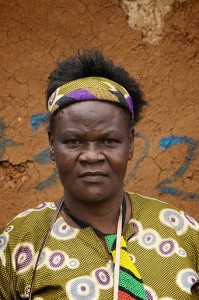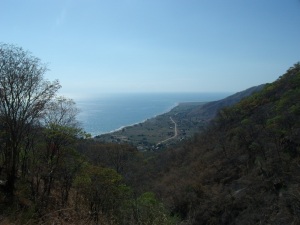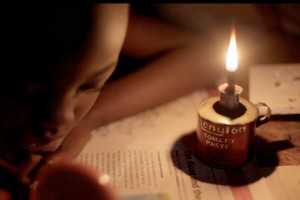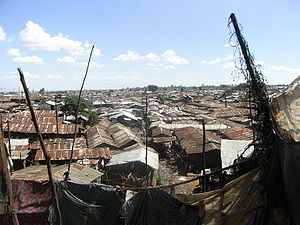Residents of Kibera, Soweto East region have been left homeless following the demolition that has been witnessed recently. The demolition was to pave way for the second phase of the slum upgrading project which had started early last year but caught many residents unaware. Some of the residents who were still at work received reports and came but it was all in vain as the bulldozer had destroyed many houses. There was no sufficient time to salvage property and residents households goods.
Hundreds of Soweto East woke up early morning on Thursday, 12th, January 2012 to watch in disbelieve as their houses were turned into rubbles in minutes. The residents had earlier been allocated to the new houses at Lang’ata area next to the Lan’gata Women Prison made by the government in collaboration with the UN-HABITAT in 2009. Some residents came back to Soweto East because of some reasons they encountered. Some of the reasons were:
-Residents claimed that the houses were expensive and many of them could not afford.
-Some residents said the life in the new houses was expensive compared to the life in Kibera.
-Some residents saw that as a source of revenue and rented their rooms and returned to the slums.
Many children from the affected families have now dropped school. “They have destroyed not only our houses but also the schools where our children go to.”, said an affected woman at the scene of demolision. Affected families said they are now putting up with relatives and freinds while some have no option but to go back to the rural area to start a new life.
Now the affected families are out requesting the government to show them alternative locations to move to. The demolition sanction by the state was to pave way for slum upgrading project in which the state says it had given people enough time to look for alternative premises. Some residents had a court order which they claimed that they were there legally and they were waiting for the second hearing of their case on 17th, January 2012 but the government came to demolish earlier before their hearing.
This was not the first time the government had made good its treat to mow down structures in Nairobi. It had earlier demolished multi-million shilling mansions in Syokimau, houses in East-Leigh near the Moi Airbase, Kyang’mbe and Maasai Village for allegedly being on the Kenya Airports Authority’s land.
















